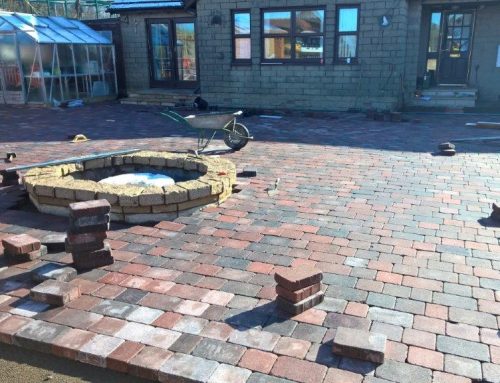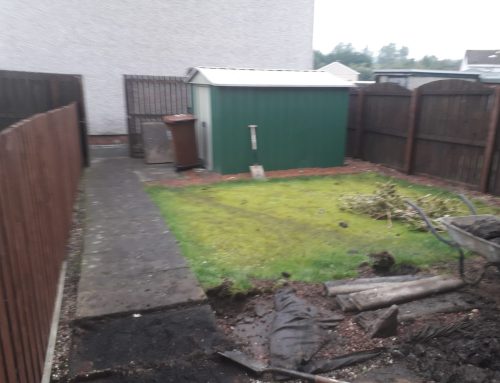 In this day and age there is much talk about the decline of wildlife and nature across the world. We can all play a part in helping to encourage our wildlife neighbours by creating even a small space in the garden for grass and flowers to grow freely i.e. untouched by human hands! This doesn’t mean that your whole garden needs to be overtaken by unsightly weeds and overgrown grass though. Dedicating a small corner would be sufficient. Here are a few suggestions to get you started.
In this day and age there is much talk about the decline of wildlife and nature across the world. We can all play a part in helping to encourage our wildlife neighbours by creating even a small space in the garden for grass and flowers to grow freely i.e. untouched by human hands! This doesn’t mean that your whole garden needs to be overtaken by unsightly weeds and overgrown grass though. Dedicating a small corner would be sufficient. Here are a few suggestions to get you started.
Piles of Wood
An untreated (unstained, unpainted) pile of logs will provide shelter and hibernation sites for small mammals, reptiles and amphibians. Spiders, woodlice and beetles all love the damp conditions of wood. Be careful not to place the logs too close to living trees and shrubs though as bacteria and fungus can negatively impact living species. Rather than going to local parks or woodland to source your wood, use wood from trees you or your neighbours have had chopped down.
Add Water
A pond is a great way to encourage wildlife to your garden. Adding a water feature doesn’t need to involve creating an elaborate pond, although that would be fantastic for toads, frogs and newts to breed. An old pot would be sufficient to provide drinking water for small creatures and a home for insects.
Creating a Compost Heap
This is an environmentally friendly way to add nutrients to your soil. It’s also free! Compost heaps also provide a warm environment for the likes of worms and snakes.
Bees and Other Pollinators
Bees are essential to our food chain. Their numbers have been significantly declining over the years most likely due to the over use of insecticides. Not all flowers are attractive to pollinators. Flowers with bigger and double petals are not so easy for them to navigate to collect pollen from. Here in Scotland, attractive native flowers are the likes of bluebells, foxgloves, and heather. When planning what flowers and shrubs to plant consider their flowering period. Ideally, you will have a variety of plants in bloom throughout the whole season.
A Patch of Long Grass and Wild Flowers
As nature thrives on irregularity, leaving an area of uncut, undisturbed grass will give caterpillars, lady birds and other such mini beasts a little haven to live and breed. Many of these creatures hibernate amongst the leaves and in the stems of the long grasses. So when it comes to clearing up the garden for winter, remember that creatures such as hedgehogs will appreciate some leaves as a cosy winter bed.
Feeding the Birds
Remember to position your bird feeder out of the reach of cats. Nutrient dense seeds such as sunflower hearts and peanut granules provide energy rich food that will nourish the birds in your garden all year, round not just in winter. Having a variety of shrubs, trees and flowers will also be good for encouraging a variety of birds to the garden.



